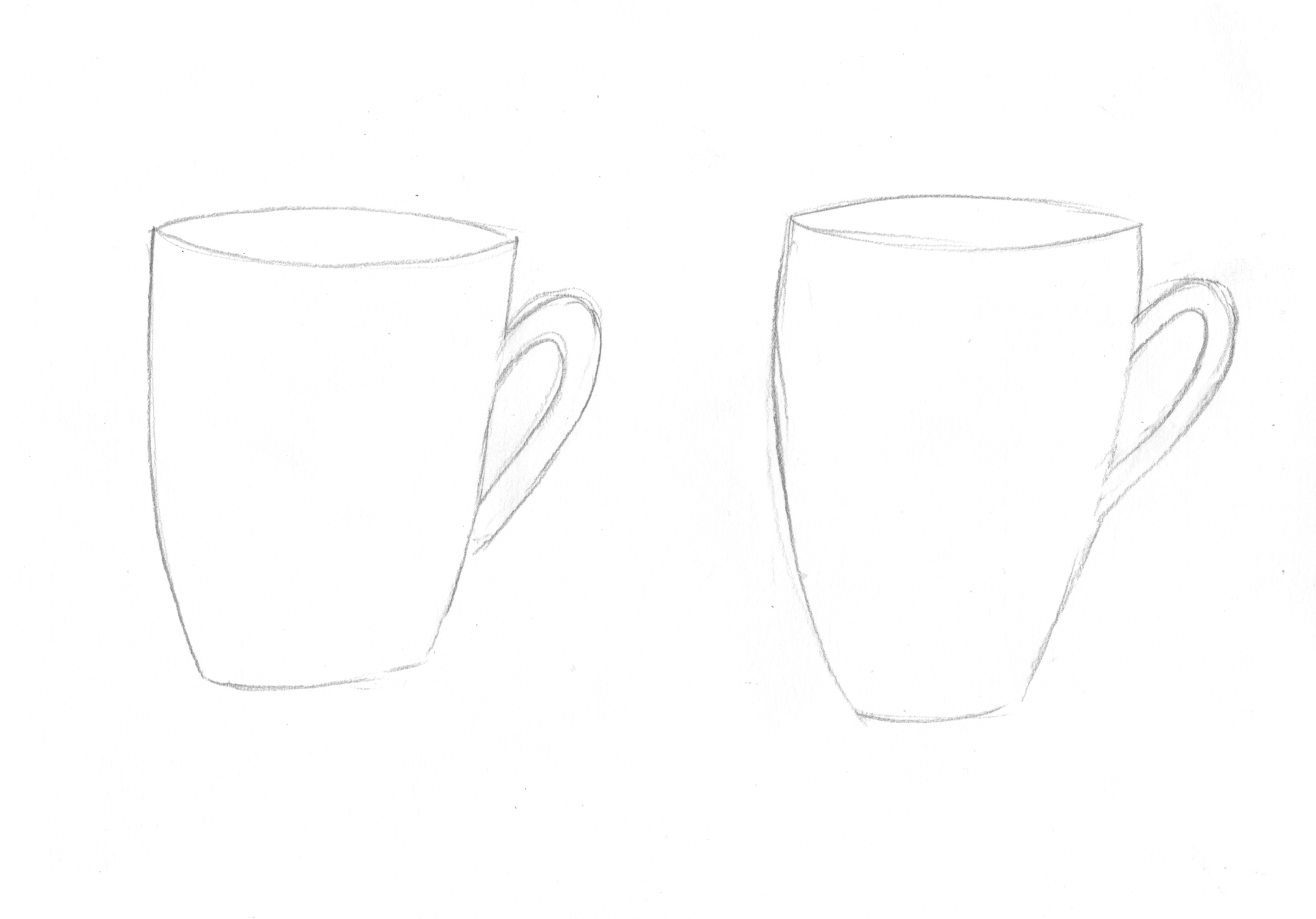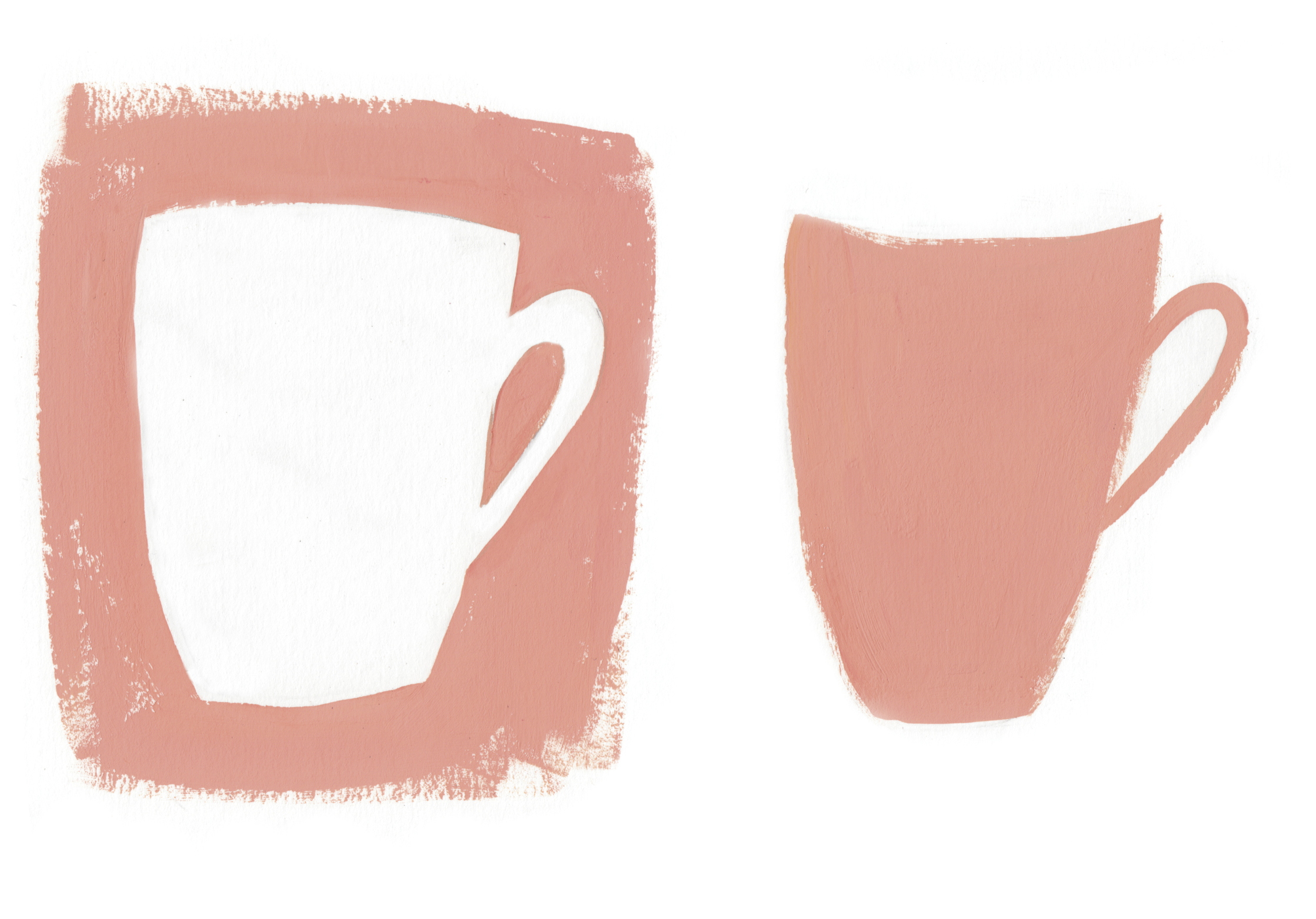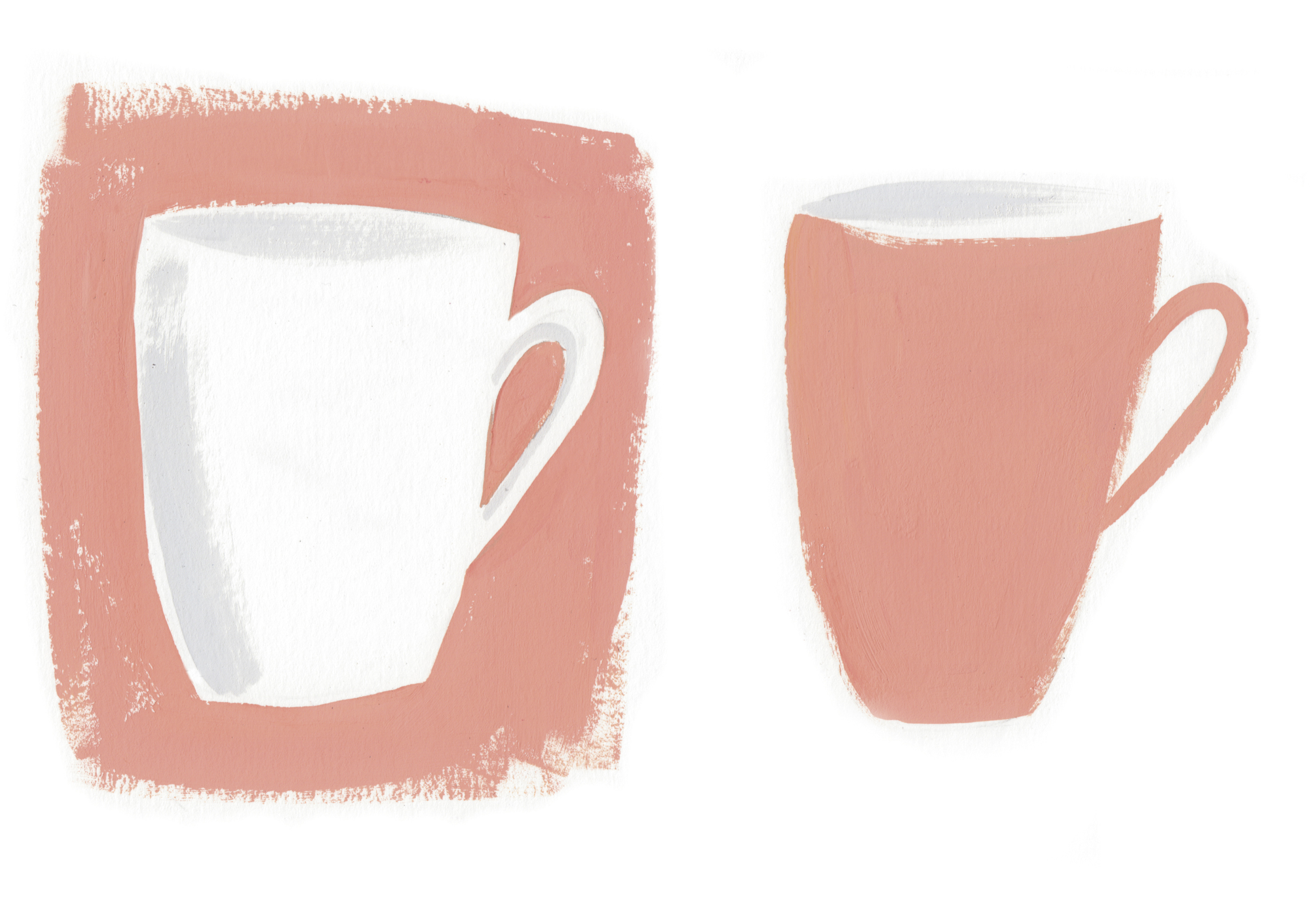Thank you to my agent, Leslie Jonath, who has always believed in me and has helped me to turn my dream book projects into realities. Thank you for your enthusiasm and support every step of the way. Thank you to my editor, Ashley Pierce, for believing in this project from the beginning and being so wonderful to work with.
Thank you to my husband, my parents, and my grandparents for their endless support. Thank you to my grandpa for always being my biggest fan.
I wrote and illustrated this book to cover a selection of subjects you might be interested in painting and, more important, to teach you a whole range of gouache techniques and skills, which you can apply to any subject. Once youre feeling confident and have completed some of the projects in the book, start applying the skills youve learned to paintings from your own imagination.
People often ask me where I find my inspiration, and the truth is everything is inspiring if you look at it the right way. In my daily life Im influenced by color combinations in the tube stations I use every day, interesting outfits that people are wearing, funny situations that occur in life, and so on. Inspiration is everywhere. People often turn to the internet for it, but that can be a bit of a double-edged sword. There is a thin line between being inspired and just being overwhelmed by the wealth of beautiful work you can find online. I always find it much more motivating to visit a new place, go to an exhibition, read a book, or even watch an old film. Paint the things that you genuinely love, and dont worry about what you think you should be painting. Your sources of inspiration will contribute to your own unique style and body of work. Having a broad range of creative sources is a really good thing and makes your work unique to you.
People often worry about finding their artistic style. I always think everybodys style is like their handwriting, its intrinsic to them. When I teach workshops, everybody paints the same object with the same paints and same brush, but each painting looks different. Everybodys artwork will have a unique quality due to their brushstrokes and line work. I dont think its a good idea to try to choose a style that you think is on trend and produce work like that. Its important that your style feels natural to you and reflects the way you see the world. Dont worry about trying to find your style as quickly as possible; just enjoy the process and create as much work as possible. Also, dont worry if your style is changing. Thats completely natural. It will continually evolve as you are inspired by new things, try new materials, and become more confident in your drawing and painting abilities. The number-one piece of advice I can give anyone is to just keep painting. Dont worry about making mistakes, just keep going and have fun.
BASIC TECHNIQUES
I have chosen a set of initial exercises to introduce you to some of the basic principles of using gouache: creating texture, diluting it with water, creating expressive brushstrokes, using it on dark paper, creating a limited color palette, and utilizing negative space. We will build on these basic techniques throughout the rest of the book, usually combining a few of the above skills to create a finished piece.
Working with Negative Space: Coffee Cups
This first simple exercise introduces some of the basic principles of painting with gouachecreating texture, filling in areas of even color, utilizing negative space, and using a variety of brushstrokes.
TOOLS & MATERIALS
Graphite pencil
Medium square brush
Medium round brush
Eraser
Small round brush
COLORS
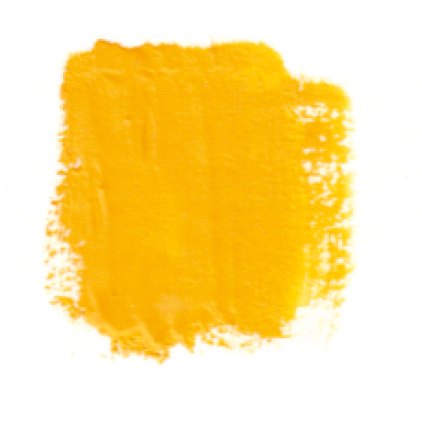 Permanent Yellow Deep
Permanent Yellow Deep
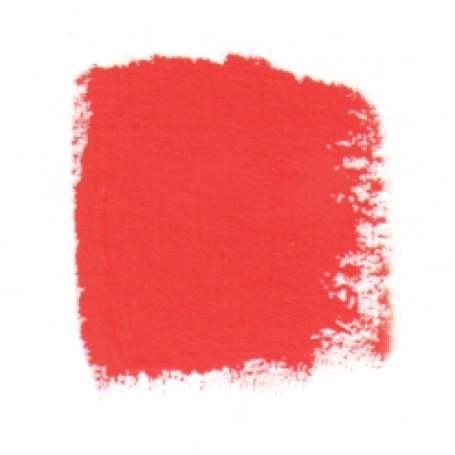 Flame Red
Flame Red
 Permanent White
Permanent White
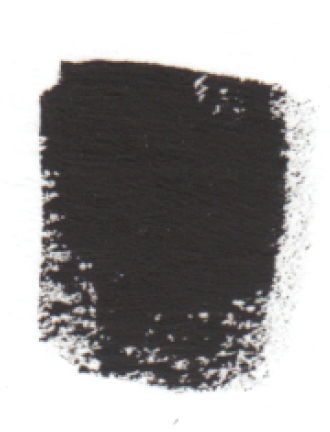 Lamp Black
Lamp Black
Start by roughly sketching out two coffee cups side by side using a graphite pencil. You can use my sketch as a reference, or use your own coffee cups to sketch from. Keep the lines of the sketch as light and simple as possible. Even though gouache is opaque, you might be able to see very heavy pencil line through the paint, so its best to keep them light.
Create a mixture of Permanent Yellow Deep, Flame Red, and Permanent White to make a peach color on your palette. (The color in this piece isnt really important, and you can use another color if you prefer.) Add a little bit of water to the paint until you have a smooth, creamy consistency. You will be using this color for most of the painting, so make sure youve mixed enough at the beginning. If youre using a palette with wells, its a good idea to fill a well with the color.
Using a medium square brush, paint around the outside of the coffee cup sketch on the left. Make broad, flowing brushstrokes following the contour of the coffee cup. Paint the area closest to the coffee cup first, while you have more paint on your brush, and finish toward the edges when your brush is drier, which will create texture. Using a medium round brush, carefully paint the space in between the cup and the handle. Continue to use this brush and the same paint mixture to paint the outside of the coffee cup on the right, including the handle. Once thats dry, rub out all the pencil marks with an eraser.



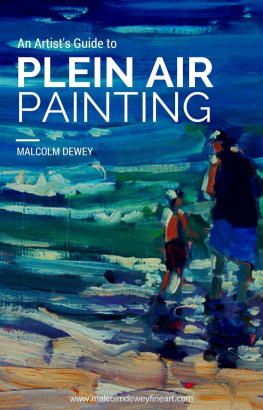
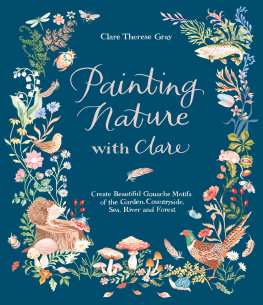
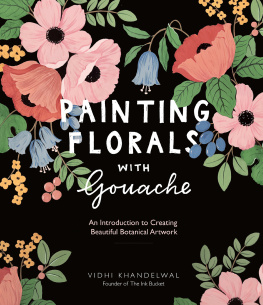
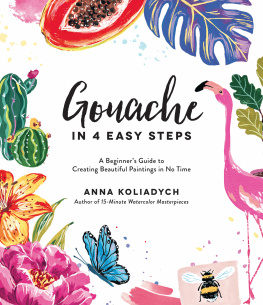

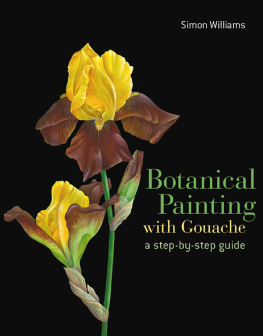


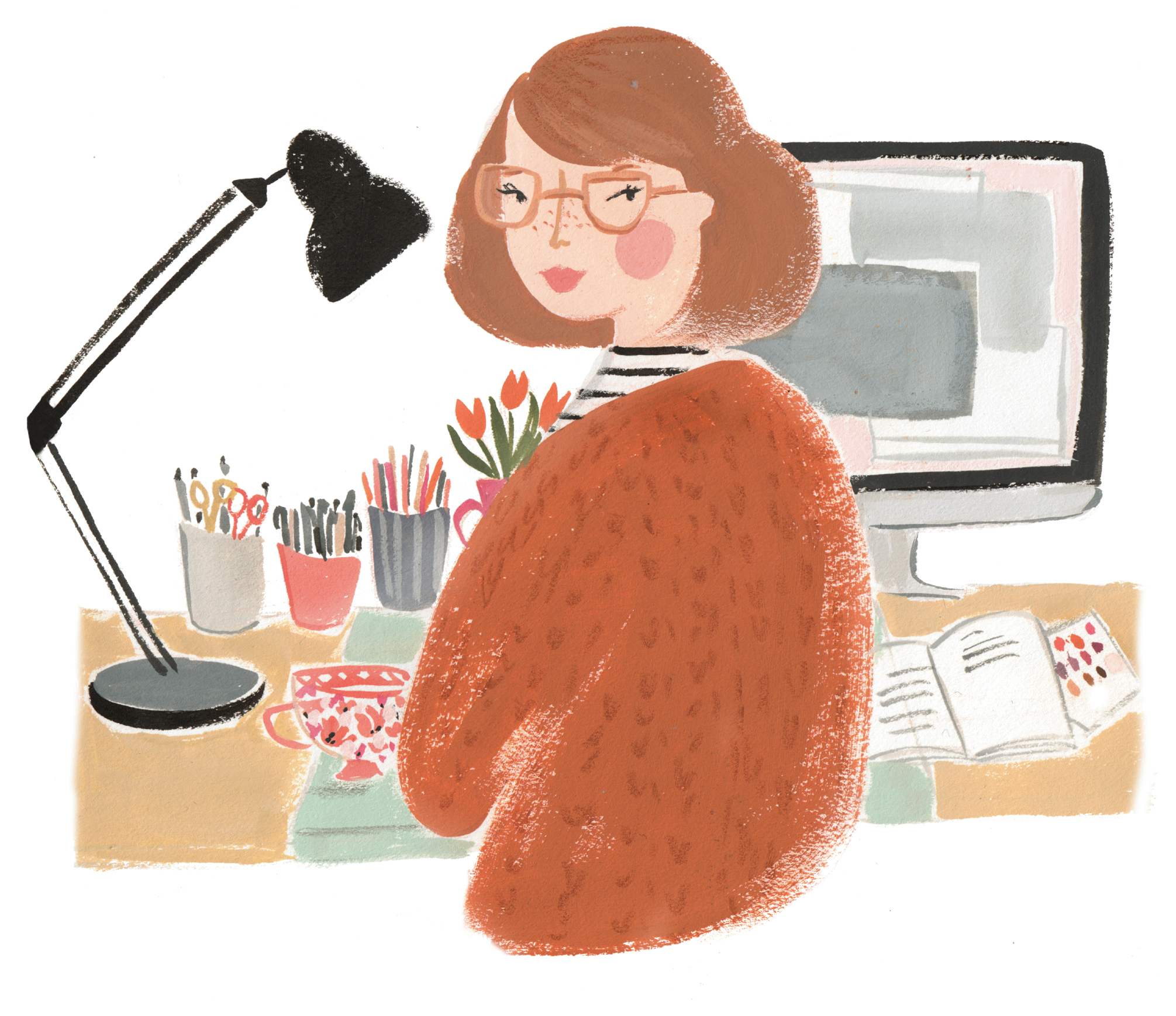


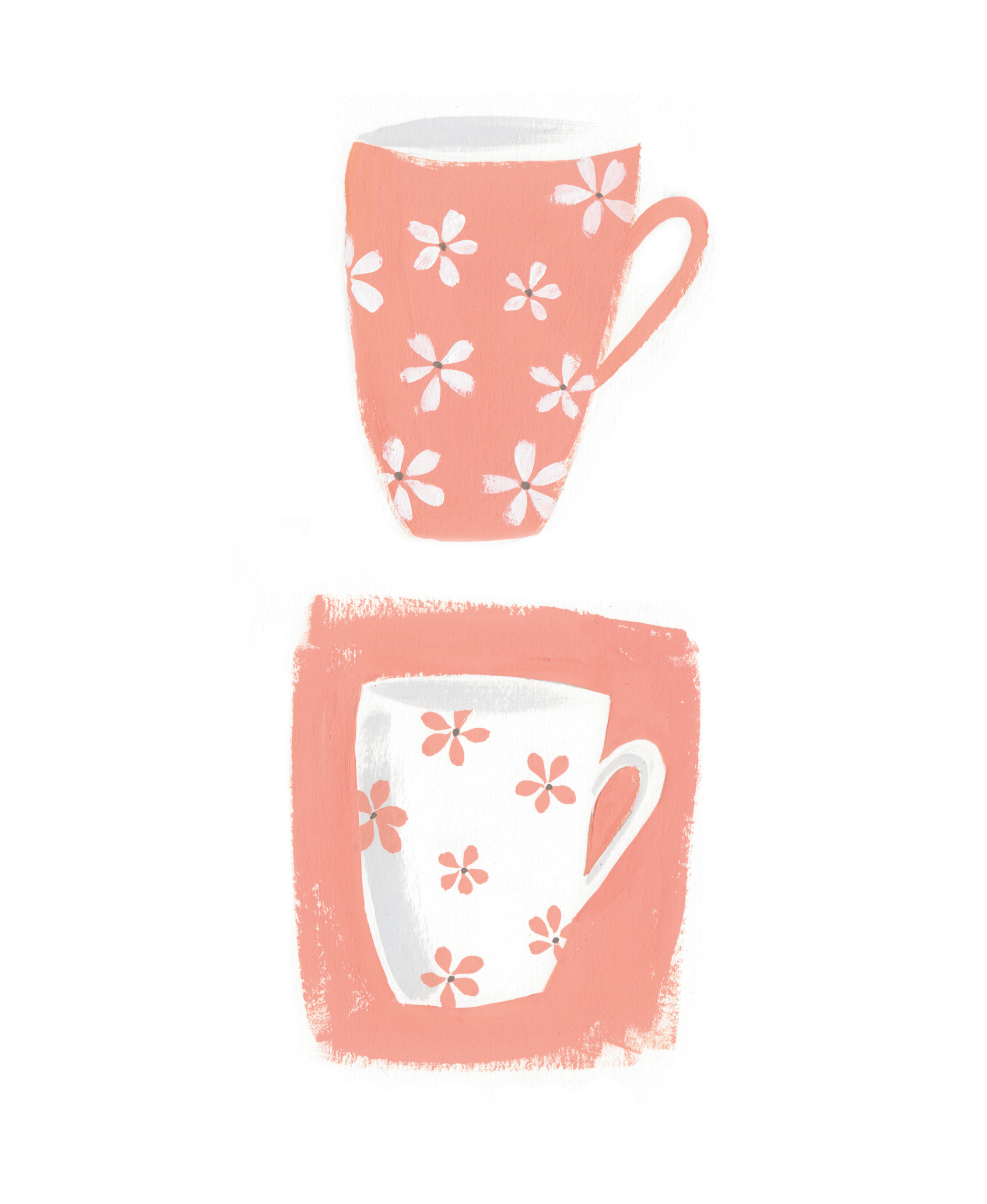
 Permanent Yellow Deep
Permanent Yellow Deep Flame Red
Flame Red Permanent White
Permanent White Lamp Black
Lamp Black